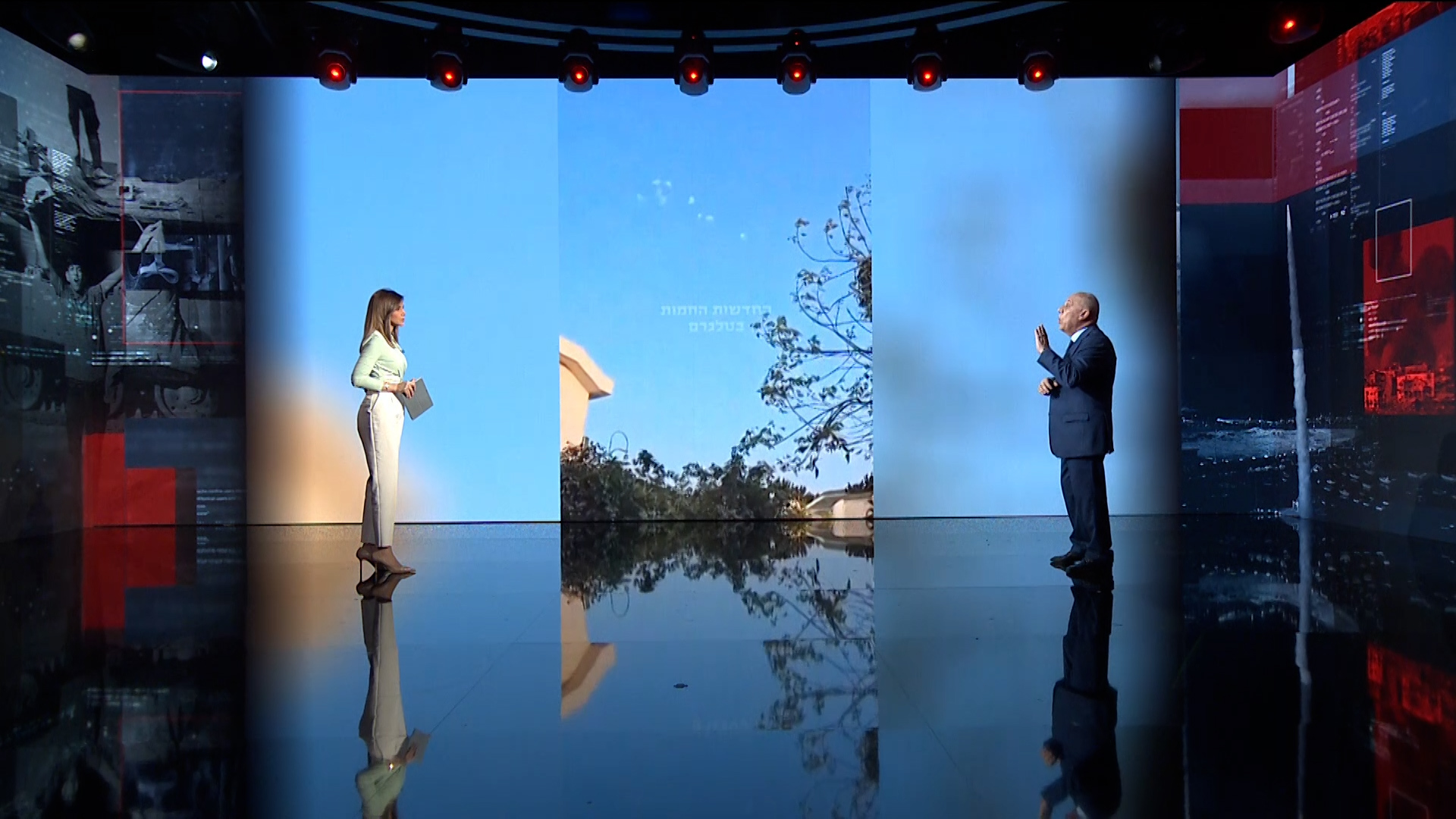play videoplay video
Video duration: 10 minutes 09 seconds 10:09
The mutual escalation continues between the Israeli occupation army and the Lebanese Hezbollah, which targeted the Israeli Meron air control base in Mount Jarmaq in the Upper Galilee, at a time when the battles in the Zaytoun neighborhood are still the most prominent in the Gaza Strip.
In this context, military and strategic expert Major General Fayez Al-Duwairi says that Hezbollah's escalation is still controlled, and that it is sending messages that it is capable of doing more, as it is based on accurate calculations.
Al-Duwairi explained - during his talk to Al-Jazeera - that Hezbollah used “Katyusha 122” missiles in its recent bombing, with a range between 18 and 20 kilometers, revealing that the party has precise missiles of different types, ranges, and payloads, of which it used one missile out of 50, according to press reports.
He pointed out that Hezbollah resorted to intensifying the fire with dozens of missiles, and not a specific escalation, indicating that it has between 100 and 150 thousand missiles of different types and ranges, some of which reach Eilat, the southern tip of Israel.
Regarding Israel’s bombing of a site near the Lebanese city of Baalbek, Al-Duwairi said that the nature of the event was not as the occupation reported. “The goal was normal and not ambitious, so Hezbollah’s escalation was controlled.”
However, the strategic expert confirms that the political and military sides in Israel have an open appetite to expand the escalation in Lebanon and raise the ceiling on the rules of engagement, especially with the Tel Aviv leaders’ emphasis on the necessity of implementing UN Resolution “1701,” adding that the occupation will remain motivated to carry out selective strikes against Hezbollah’s military leaders. .
Regarding the Gaza Strip, Al-Duwairi explains that the battle of the Al-Zaytoun neighborhood, east of Gaza City, is the main battle and front number “1” currently, as the Israeli 162nd Division - which consists of two brigades supported by the air force and elite battalions - has been fighting for the fourth day and has not been able to enter the depth or consolidate.
He added that the rest of the battles in the sector ranged between battles and bombings, although he pointed out that New Abasan, east of Khan Yunis in the south, returned to the forefront with selective operations and limited entry of the occupation, due to the nature of the region and the network of tunnels that help the resistance in luring and killing operations.
Source: Al Jazeera

